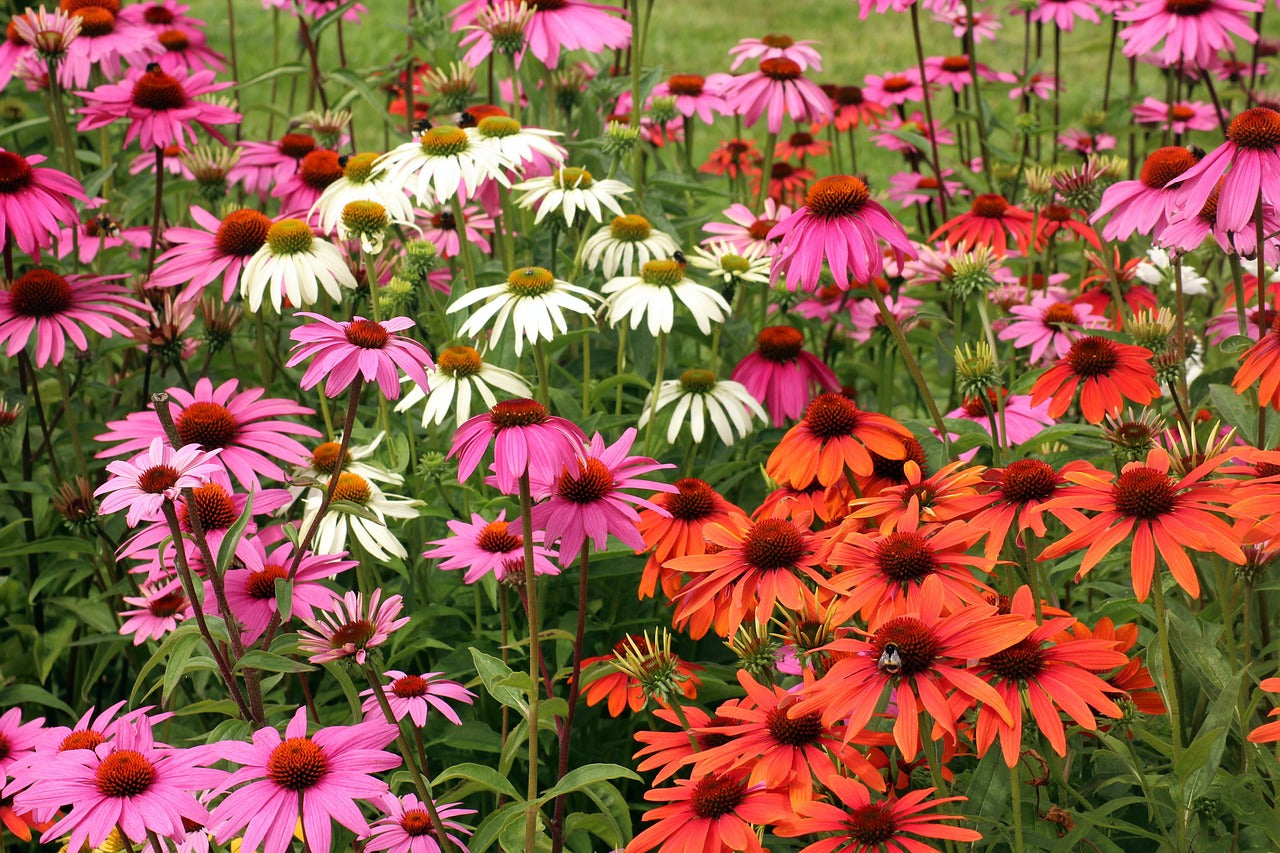
Medicinal Plants: Echinacea
Echinacea is a herbaceous plant native to North America but also grows in Europe, characterized by purple, violet, pink or white flowers, large and grouped in flower heads, the classic inflorescences of the plant.
A rounded heart is surrounded by a garden of erect and slightly prickly petals, so much so that it looks like a kind of hedgehog and has given it the name "ekhinos".
Echinacea has been on the market since 1880, but it has only been available in Europe and Italy since 1930, as echinacea purpurea, pallida and angustifoglia.
It has always been used to stimulate the immune defenses in adults and children, especially in oral diseases, including colds, sinusitis, coughs, but also bronchitis and flu.
Its main mechanism of action is to activate defense cells called macrophages, which act as scavengers for microbes and cellular debris.
This wonderful plant is now used for winter ailments , alone or as an adjuvant in reducing symptoms and duration of viral forms.
The plant also has an antiseptic action and can be used on impure skin, in case of acne, boils, but also herpes, sores, ulcers and abscesses.
It can help soothe migraine pain due to hormonal imbalances and regulate body temperature by promoting sweating. It is also used in cases of cystitis, candida and inflammatory intestinal problems.
Also useful for dermatitis and as a healing agent.
It is available on the market in the form of capsules, tablets, homeopathic preparations, mother tincture, fluid extract, drops, syrup, ointments and herbal teas.


